In-person sales ignited JoAnne and Jason Marino’s business
In-person sales increased profits for JoAnne and Jason Marino's photography business, Imagine Photography.
• October 2018 issue
Lie down on the ground and snap photos of a bride and groom racing toward you on a motorcycle and a horse? No problem. Hang out the back of an SUV to capture images of an engaged couple driving down the road in a Corvette? Why not? Hop a last-minute 20-hour flight to Guyana to photograph the nuptials of a newly acquired client? Been there, done that.
Insanely adventurous wedding photography was once the bastion of JoAnne and Jason Marino’s business, Imagine Photography. “We were always on the go, and we were up for anything,” says JoAnne. But being on the road away from their children took a toll. “They are very active in sports, and we were missing out on a lot of their activities,” says the mother of three high school-aged kids. “So we didn’t want to do as much traveling.”
So it was fortuitous that in 2016 the couple attended a business workshop on in-person sales and the power of print. It paved a way for them to refocus their work on portraits. When they took the workshop, the Marinos were not doing IPS. After a wedding or portrait session, the couple simply sent clients a link to an online gallery of images and a $200 print credit at ShootProof. Their experience was that most couples either didn’t print their photos or they ordered images using just the credit and not a penny more. “At the time, we were pricing prints at $10, and we thought that was outrageous,” says Jason. “I remember spending countless hours trying to do pricing for the prints and thinking, There are 20-cent prints at Walmart, and we are going to sell ours for $10? That’s crazy.”
The switch to IPS and the focus on selling print were eye-openers, says JoAnne. The first time they tried it, they racked up a sale in the thousands of dollars. “It was an immediate transformation,” says Jason.
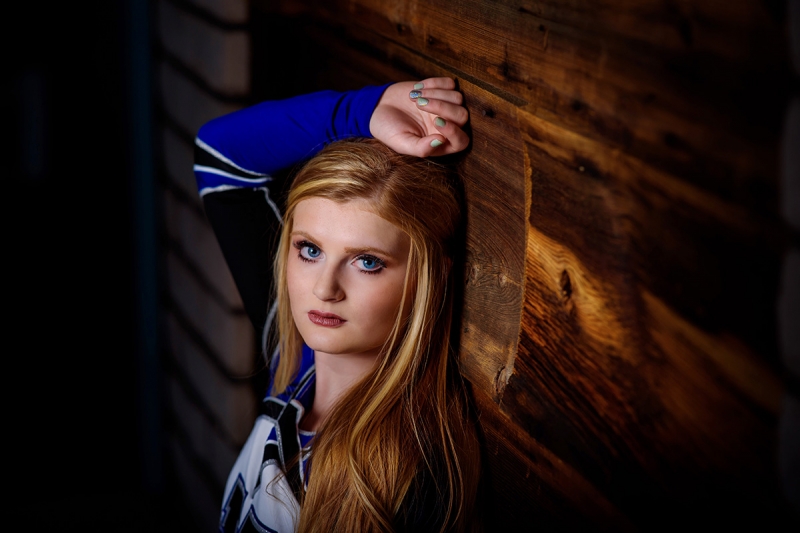
Learning curve
JoAnne developed an interest in photography in high school and for nearly 20 years engaged in it as a side gig. When Jason met JoAnne, he was a hobbyist, and as he watched her in action at weddings, he began developing more of an interest. Around 2009, Jason suggested the couple become business partners, with JoAnne as lead photographer and Jason as second shooter. For several years, they photographed weddings part-time while holding down full-time day jobs. (JoAnne still owns a salon.) By 2013, their wedding work had become so popular they were turning away clients. “JoAnne had always said, ‘Jay, if you get to a point where you are using up all your vacation time, and we are turning away clients, and it’s affecting the growth of the business, then it’s time to leave your day career,’” says Jason.
So in July 2016, that’s what he did—two weeks after the workshop that would change their business. Though they’d garnered popularity for their intrepid wedding photography, the work was a drain on their family time. Portraiture would allow them to stay local and wouldn’t eat up weekends. Plus, they’d recently hung portraits of their own family in their home and knew firsthand the value of wall art. Armed with their newly acquired knowledge about in-person sales and the value of print products, they began pulling away from weddings and into portraits, where they now focus the bulk of their photography.
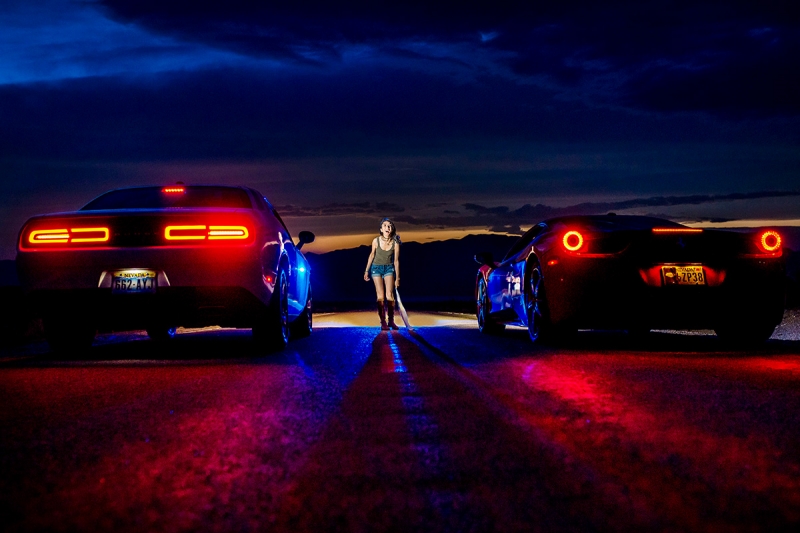
Sales early
In the two years since their shift to IPS, the Marinos’ sales model has advanced significantly from online galleries and $10 prints. Selling begins with listening, explains Jason, “letting our clients express what’s important to them.” After the customer has explained what photos they want of whom and why, the Marinos help them see the value of print—of “taking that important moment and having it in the physical form,” says Jason. Sometimes these conversations take place over the phone, but most of the time they happen in-studio, the couple’s preference as it allows the client to see wall portrait samples in person. It’s simply a matter of inviting an interested client for an in-person meeting. “Nineteen out of 20 people show up,” he says. “You’d be surprised how willing people are to come sit down and talk with you and get that level of service because they can’t find it anywhere else.”
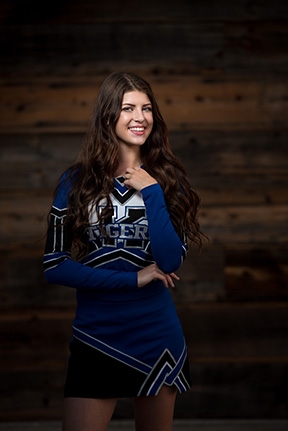
While they’re photographing the session, the Marinos continue to promote the value of the printed product, keeping in mind what the client told them during that initial meeting. The mother of a high school senior will get affirmation about how she’s going to cherish these photographs of her child and how amazing they’ll look in her living room. “We reinforce the fact that they do indeed want these things hanging in their home where they can enjoy them every day,” he says.
Most photographers cull photos and make slideshows to present to clients at a later date, but the Marinos launch directly into the sales after the photo session. While they’re making photographs, they use the lock function (on Nikon) or the rating button (on Canon) to highlight photos they like most, culling as they go. After the photo session, when they open the photos in Photo Mechanic, they can easily see which have been favorited, automatically importing these into Fundy Designer software for their sales and design session. It takes just 10 minutes to upload photos and prepare a slideshow. Meanwhile, the client enjoys a break with complimentary refreshments.
The session takes place in a darkened theater room and involves a 200-inch wall projection, allowing the client to see wall art images actual size. When sessions are booked, clients are asked to share photos of their home where art might be displayed, so these images are imported into Fundy and the client can evaluate various options. The Marinos run the entire design and sales consultation from the software—wall art projection, card design (e.g. high school graduation announcement cards), album design, slideshow export, invoicing. They can even connect directly to Miller’s Professional Imaging and Finao to place the orders. Clients make a few passes at the culled photos, give input into the design of products they want, and place their order.
The incredible thing, says Jason, is that in an hour of shooting and an hour in design consultation, they can earn the same amount as they used to earn for a whole wedding. “It’s just mind-blowing that you can work for two hours instead of 10 culling and editing and have the same income or greater.”
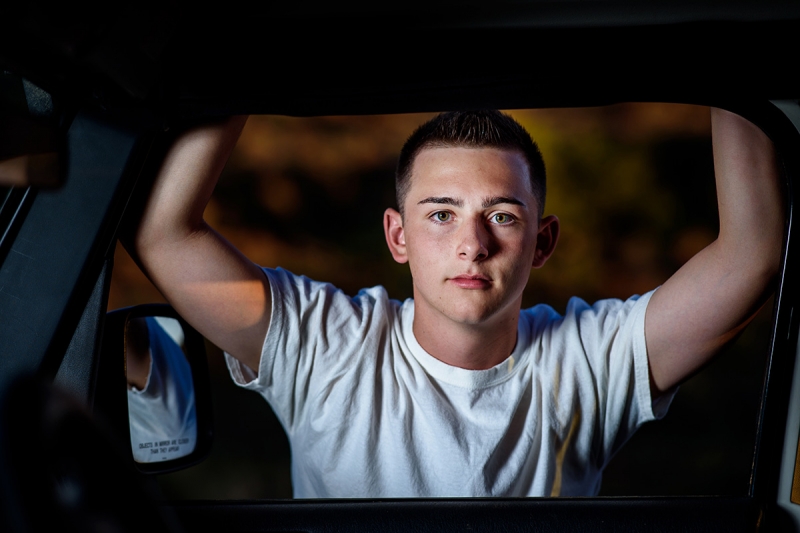
Luxe experience
The Marinos target their photography at a wealthy clientele, selling high-end products at high-end prices. “If you want to market to a luxury audience, they aren’t going to want to hire you if you are super inexpensive,” says JoAnne, “because they’re going to think you don’t have the experience or the product they want. People with money want experts. They pay people to make their lives easier.”
Delivering a high-end experience is more than just the photography and the products. It’s in the little things. For example, when a client enters the studio, the studio manager gets up and walks to the door to greet them, immediately offering them refreshments—tea, coffee, soft drinks, wine, beer, snacks. A scent machine fills the air with seasonal aromas, and high-end art, furniture, and lighting lend a luxe touch. “It’s like people are walking into Nordstrom,” Jason says.
Feeling confident in your pricing, especially when you’ve made significant increases, can be difficult, the Marinos admit. But the more confidence you project, the more confident the client will be that your pricing is appropriate. Jason uses the analogy of the server at the Mexican restaurant who says, “Yes, you can have extra guacamole, but it’s $1.50 more,” instead of, “Yes, absolutely, you can have extra guacamole; it’s only $1.50 more.” The latter is more appealing to the customer. He adds that if you don’t feel confident in your pricing at first, you can fake it until you do.
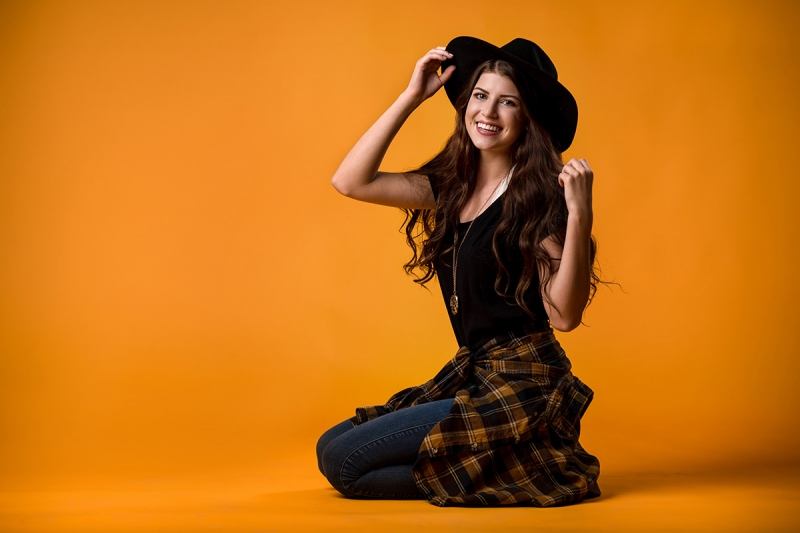
Also, somewhat to their surprise, the Marinos have found that clients appreciate being able to spend more money on products they enjoy. Returning clients have sometimes asked why they weren’t offered a particular product before.
Another benefit of attracting the right clients, notes JoAnne: “We’ve ended up getting more referrals than before when we were just doing shoot and burn.”
In the end, in-person print sales with a focus on portraiture has not only made it easier for the Marinos to spend time with their children, but it’s also made their revenue soar.
“We are making significantly more since 2016,” says Jason. “We have grown 400 to 500 percent. Within a couple of months of leaving my day job we had replaced all my day job’s income for the entire year. By nine months later, we had hired a studio manager, and within a year, we had opened a studio.” If those numbers aren’t evidence enough that there’s power in print and in-person sales, then what is?
Amanda Arnold is associate editor of Professional Photographer.

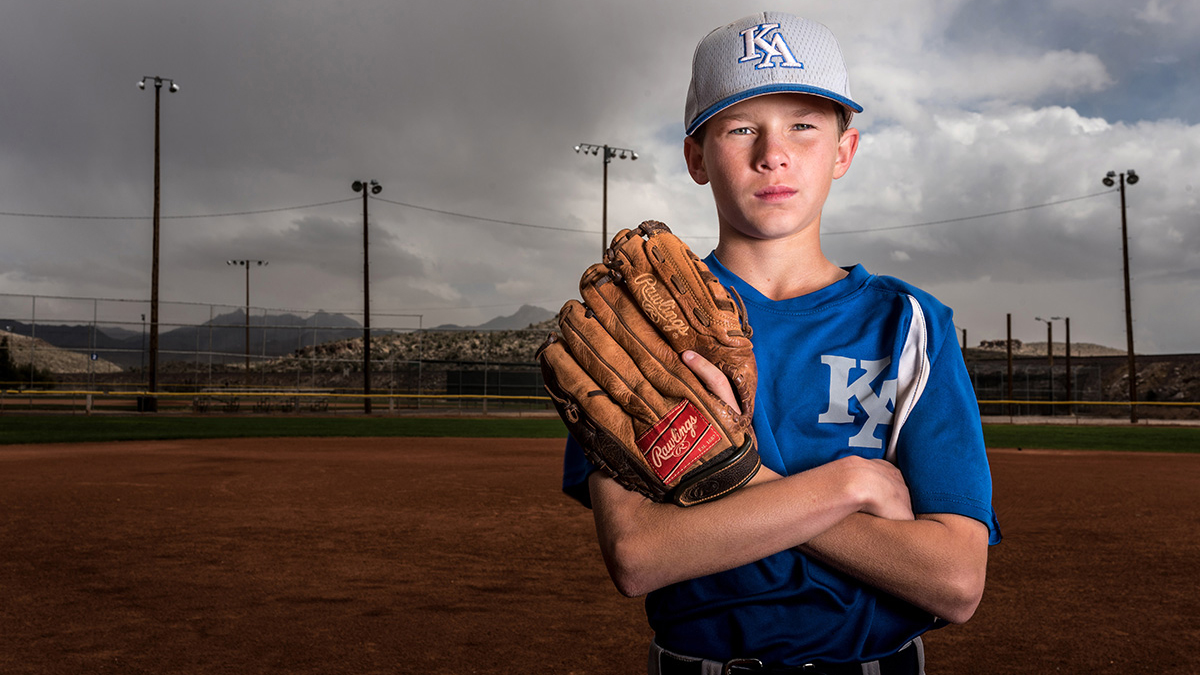
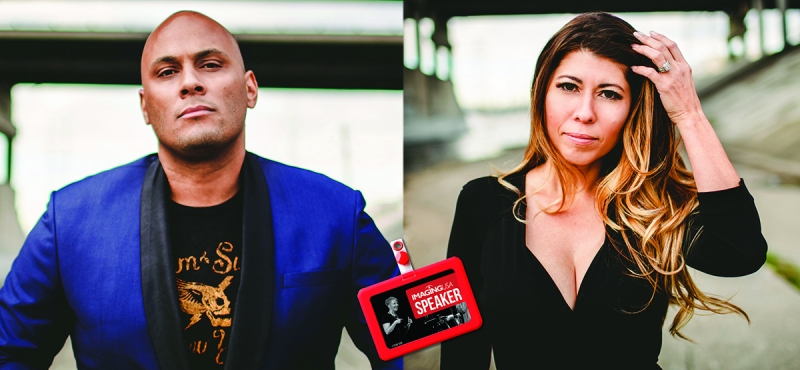
 View Gallery
View Gallery


